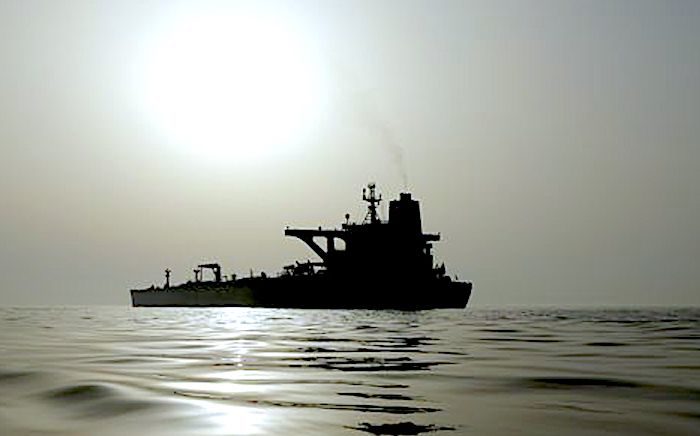OF THE
TIMES
We'll know our disinformation program is complete when everything the American public believes is false.
The tension all over will rise until Saturday evening and stay with us til the 26th.
The lies about temperature rise are more stale than the bread from the last supper...
''... and, all this while taking care to avoid civilian casualties.'' We've seen that display of morality somewhere...
China probably planned to erase the population there to take over the continent for itself but things didn't' go as planned. Just a guess...
IMO, there will never be an accession for Ukraine into the EU. Ukraine is where the US and its nato poodles wash their dirty laundry and dangle a...
To submit an article for publication, see our Submission Guidelines
Reader comments do not necessarily reflect the views of the volunteers, editors, and directors of SOTT.net or the Quantum Future Group.
Some icons on this site were created by: Afterglow, Aha-Soft, AntialiasFactory, artdesigner.lv, Artura, DailyOverview, Everaldo, GraphicsFuel, IconFactory, Iconka, IconShock, Icons-Land, i-love-icons, KDE-look.org, Klukeart, mugenb16, Map Icons Collection, PetshopBoxStudio, VisualPharm, wbeiruti, WebIconset
Powered by PikaJS 🐁 and In·Site
Original content © 2002-2024 by Sott.net/Signs of the Times. See: FAIR USE NOTICE

Comment: See also:
Tanker Trackers: Pompeo jumped the gun in claims Iran sells oil to Syria